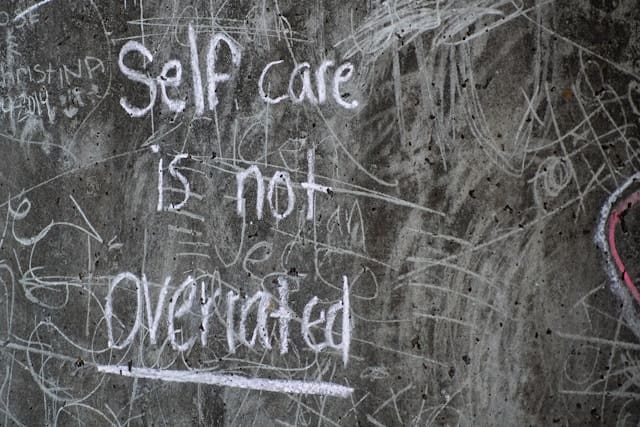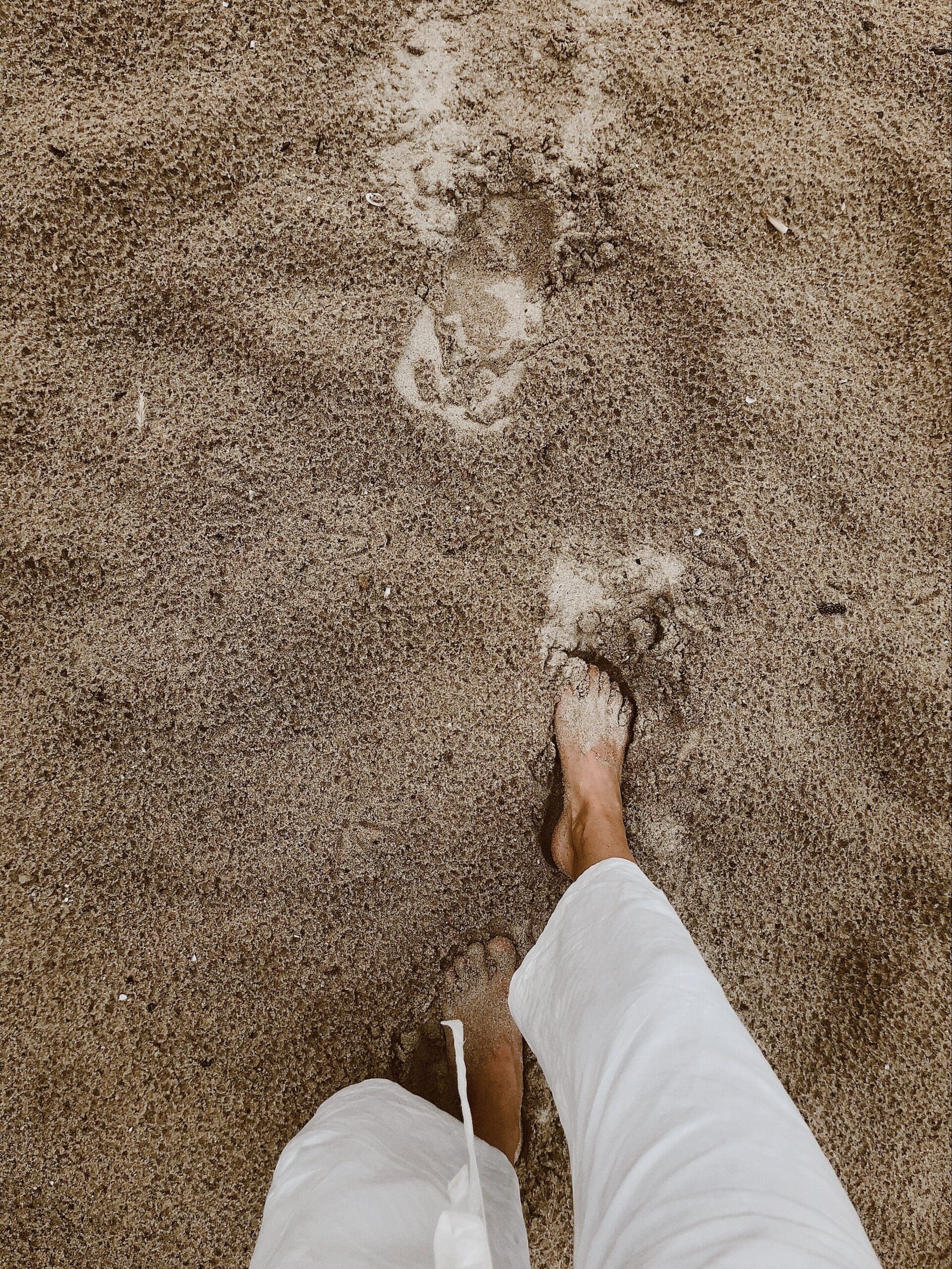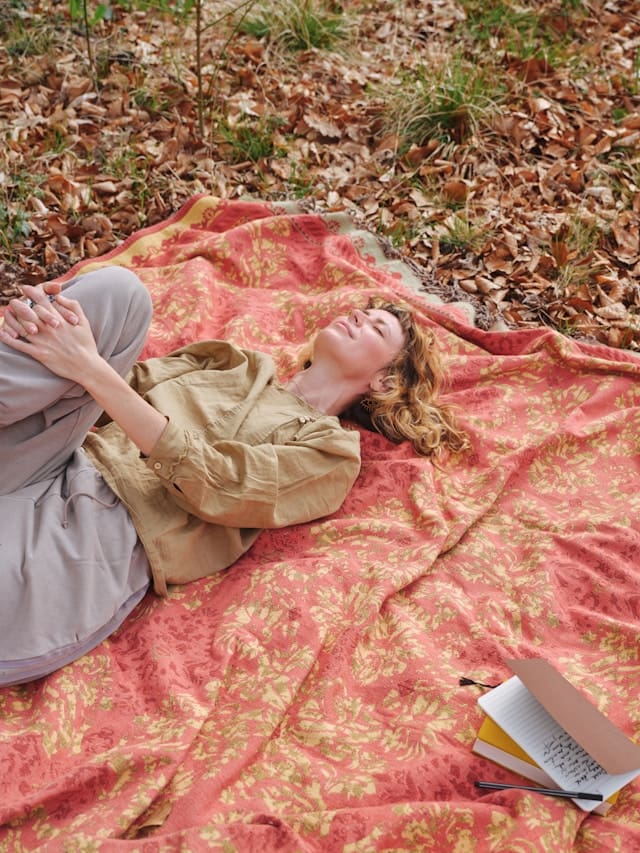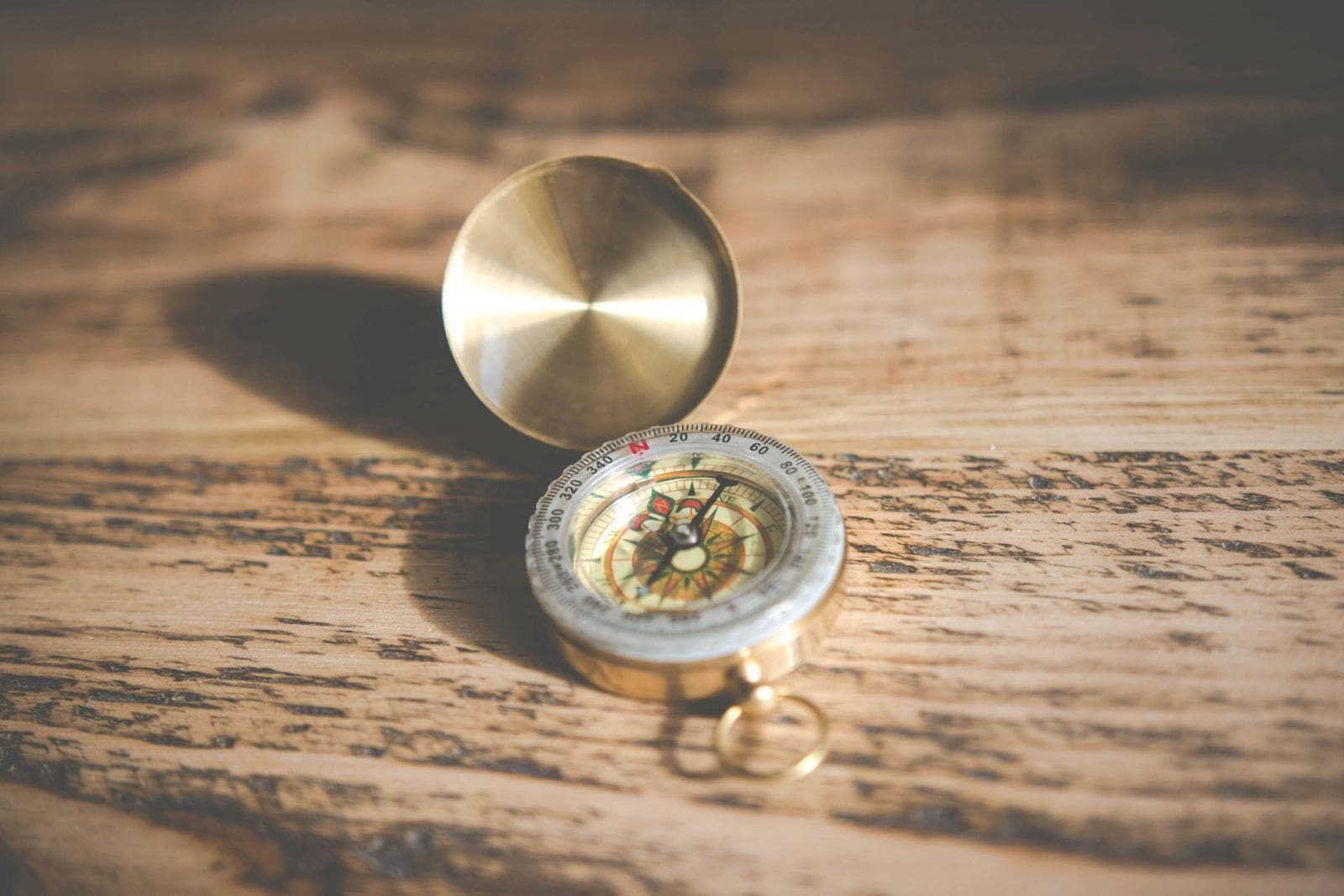By Dr. Femke E. Bakker
Maybe you recognize this moment.
You feel a …. pull. A sense that something is either deeply right or not quite right.
And then your head barges in with reasons, rules, and what ifs. And you lose the confidence that what you just sensed might be on spot.
For a long time, I lost my connection to that pull. As a child, I was good at listening to it. Or better said, even without understanding what I felt, I dared to act on it. But, you know, I grew up. Had (too) many responsibilities and I couldn’t always feel clearly what was living within me. So that lovely head of mine, jumped in even before I could sense my intuition. Rather than trusting my gut feelings, I rationalized everything based on expectations, ‘common sense’, and what others might think of it. In other words, the moment-to-moment listening to myself felt harder than sticking to what seems ‘normal’.
And yet, my gut never really went away. It was just buried under all that inner noise.
Why gut trust fades
You’re not born doubting yourself. You learn it. As a kid, you’re “trained” to behave and to fit in. Your parents and teachers mean well, they want that you’ll grow up as a responsible and competent adult. However, what they actually teach you is to put other people’s expectations, needs and desires first. The more you measure our choices against expectations (society’s, family’s, your own perfectionist standards) the more you lose touch with that way more quiet part of you that actually knows what is best for you.
When you’re busy pleasing, performing, or proving, you can’t hear your gut clearly. Your inner world gets clouded with everyone else’s voices. And over time, you start to confuse anxiety with intuition.
Intuition vs. anxiety: how to tell the difference
- Intuition feels calm, even if the message is inconvenient. It’s steady. It’s grounded. It’s like a quiet knowing in your body. You feel no rush, only an inspired nudge.
- Anxiety feels urgent. It pushes, warns, overthinks. It fills your head with yes, but loops and worst-case scenarios.
When I feel my intuition, there’s a sense of openness. Sometimes a lightness in my chest, tingling on my skin, or a sense of optimism that says yes, this is right for me.
Anxiety feels the opposite: a pit in my stomach, muscle tension, shoulders creeping up, rapid thoughts trying to convince me of “danger”.
How I rebuilt my gut trust
Meditation was my turning point.
It helped me become aware of what was going on inside. Not in the abstract, but in my body, my breath, my mood.
And when I paired that with the core selfgentleness practice of tuning in, deliberately pausing to notice what I need, want, and feel in the moment, I started to trust myself more.
Because once you get familiar with your inner world, you start to see that it’s trustworthy. Not infallible, but worth listening to, at least.
How to start (especially if it’s been a while)
1. Begin with tuning in.
Don’t wait for big, dramatic gut signals. Spend a few moments each day noticing what’s going on within you, without analyzing or explaining it away.
2. Practise on low-stakes moments.
If you think of a friend and they call two minutes later, let yourself register I felt that. If you feel like taking a different walking route for no reason, follow it. These “small” moments build trust.
3. Check your body cues.
Does the decision feel expansive, calm, and steady? That’s intuition. Does it feel tight, urgent, or mentally noisy? That’s likely fear.
4. Give it time.
Intuition is built through experience. Every time you notice and honour it, you strengthen the connection.
A quick note on what science says
Researchers often describe intuition as a way of making decisions that’s rooted in experience, a form of knowing that bypasses deliberate analysis. It’s not magic. It’s the sum of your patterns, memories, and subtle perceptions.
But just because it has roots in experience doesn’t make it less valuable. Especially when combined with self-awareness.
You don’t have to get it “right” every time
Trusting your gut isn’t a switch you flip. It’s a relationship you build with yourself.
You’ll doubt. You’ll make choices you question later. That’s okay. Every moment of tuning in is part of the practice.
And you don’t need to deserve this trust. You are already enough, right now. The more you remember that, the easier it becomes to hear that selfgentle part of you that already knows.
If you’d like to practice this in a safe, supported way:
You can sign up below to get my weekly blog in your inbox. Or, if you want to dive in immediately, you can download the Selfgentleness Starter Guide + Meditation. The guide explains in a simple, practical way to learn tuning in and start building the foundation for trusting your intuition. You can find the link on this page, on your right.
Whatever way you go, just know that you’ve got this. Intuition lives inside of you. You just have to start to listen.
Be selfgentle. Be intuitive.
All love, Femke




